Through the Years
- The Brownie
- The 126
- The 110
- Army Years - Part 1
- Army Years - Part 2
- Army Years - Part 3
- Army Years - Part 4
- Army Years - Part 5
- Army Years - Part 6
- Working in a Photofinishing Lab
- Industrial Era - Part 1
- Industrial Era - Part 2
- The 2nd Career
- Into the Fine Arts - Part 1
- Into the Fine Arts - Part 2
Photography Hardware
Processes and Projects
- Main workshop page
- Camera Building
- Pinhole camera
- Camera obscura
- Cyanotype project
- Sabattier effect
- Posterization
- Time Shifting
Photography Galleries
Photography Class Galleries
Links
Into the Fine Arts - Part 2
In Photography II at Montana State University Billings we delved into the digital world. I'd had shot digital for quite a while between my Canon PowerShot A560 and my iPhones so I did have some experienced with digital. As part of the class I was able to check out a Canon Rebel that had more advanaced features than I had used before. I also learned to use Adobe Lightroom for organizing and doing some basic editing of the images. I had access to Photoshop but found that Lightroom did most of what I needed.
While I like the convenience of digital and certainly the endless ways to manipulate an image, it doesn't grab me the way traditional darkroom work has. Maybe it's just too easy and feels like cheating. Maybe having my hands on a keyboard and mouse just isn't the same as having my hands on a developing tank, actual film, and using chemical to create an image. Some people have told me that they wouldn't like the darkroom because it takes too long. I suppose immediate gratification is a feature that many want so digital is there to deliver it.
I like abstract work and these three images supply that. Not shot as a class assignemnt, they were created about the same time with an iPhone X, shooting some ice I saw in a gutter on a morning run in March 2018.
For my final project I shot a series of images of architectural nature that could mimic the rhythm, notes, chords, and other elements forund in music. Here is my artists statement:
April 2018
"I call architecture frozen music." - Johann Wolfgang von Goethe
“Lend your ears to music, open your eyes to painting, and… Stop thinking!” - Wassily Kandinsky
I have, for many decades, had a strong interest in visual images that are generated by sounds, specifically music. This has usually taken the form of animated media set to a musical score as found in productions from “Fantasia,” to “2001: A Space Odyssey,” to a wide range of animated films such as Ian Emes' “French Windows.” I suspect I have a touch of synesthesia, readily visualizing abstract imagery when listening to music or, curiously, when reading computer code.
In this project I continue my exploration into how our observations are distracted by visual elements which are the brightest, how they blind us from perceiving the hidden, the shadows, the negative space. I hunt the disguised, the invisible, the subjects shrouded by our own mind view and use them as the core of my imagery. Through this endeavor, my images, a type of photism, attempt to show what music might look like if frozen in time. I use a minimalist or abstracted approach and follow after the works of photographers Jaromir Funke, Man Ray, Lazlo Maholy-Nagy, and Paul Strand, pursuing my subject in a constructivist and/or surrealist aesthetic while still respecting Funke's ideal of "pure photography," that is, avoiding over-manipulation of the image. I also look at the work of Wassily Kandinsky and others who seem to take a slice of time out of a musical score and use that as inspiration for their work.
I am also addressing the conflict found separating the obvious and the imagery it obscures or hides. I attempt to resolve that conflict by capturing the hidden with only mere hints of the obvious, providing clues for the viewer to link those divergent contexts. I intend, as Roland Barthes addresses in “Camera Lucida,” to “disturb” the viewer, by going beyond the “average effect” found in the “studium” and to encourage them to move deeper into the imagery by providing “the accident which pricks” them and causes them to wonder and to linger. Barthes' ”distinguished two themes in Photography,” this “studium” and “punctum” which he says were “constructed in the manner of a classical sonata” blends well with my theme of linking visual imagery to music.
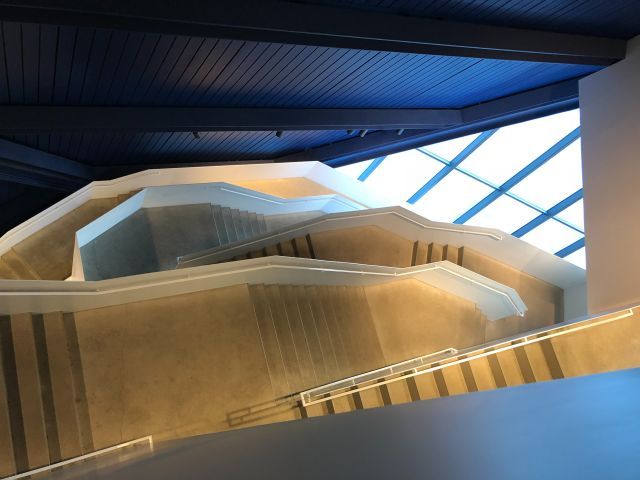 |
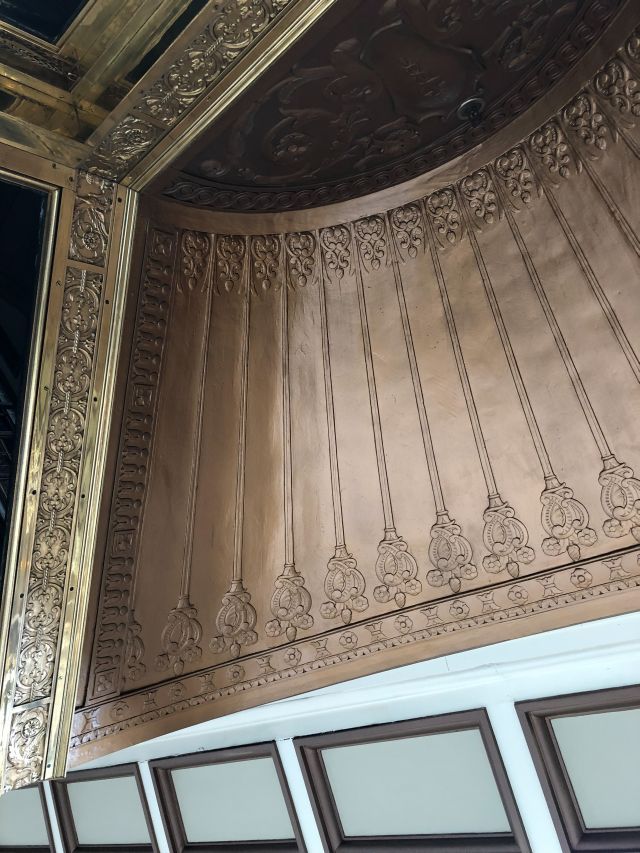 |
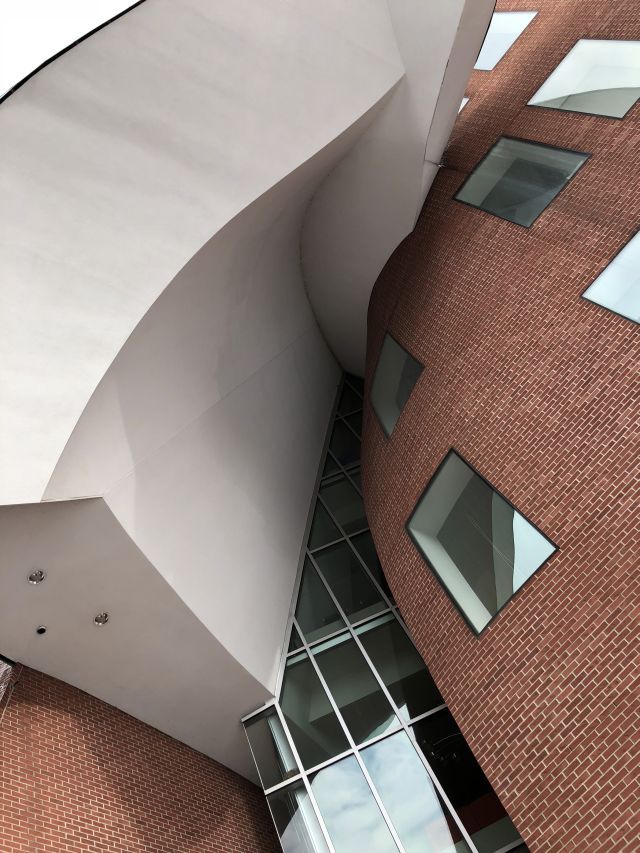 |
 |
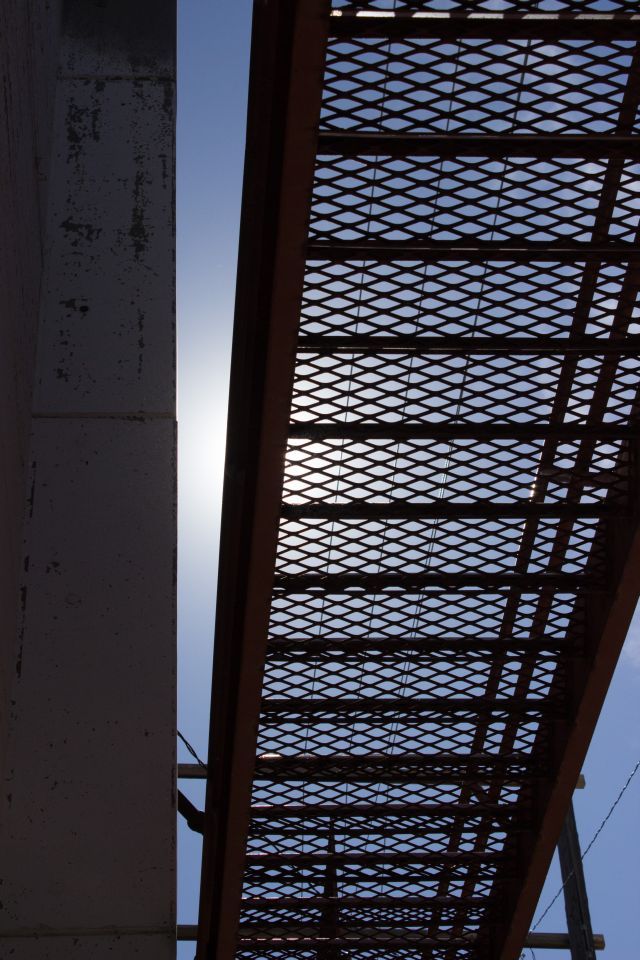 |
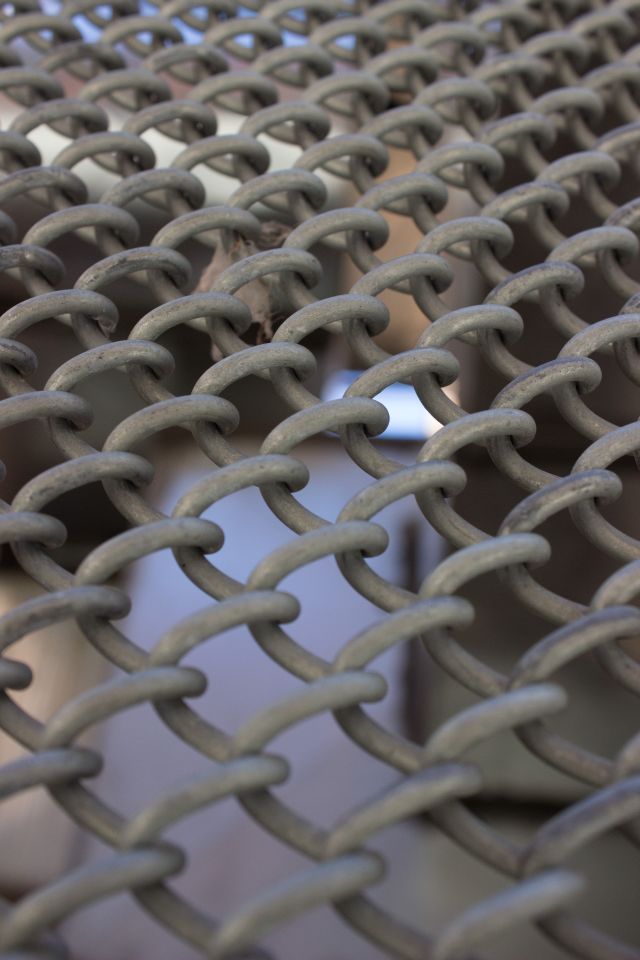 |
 |
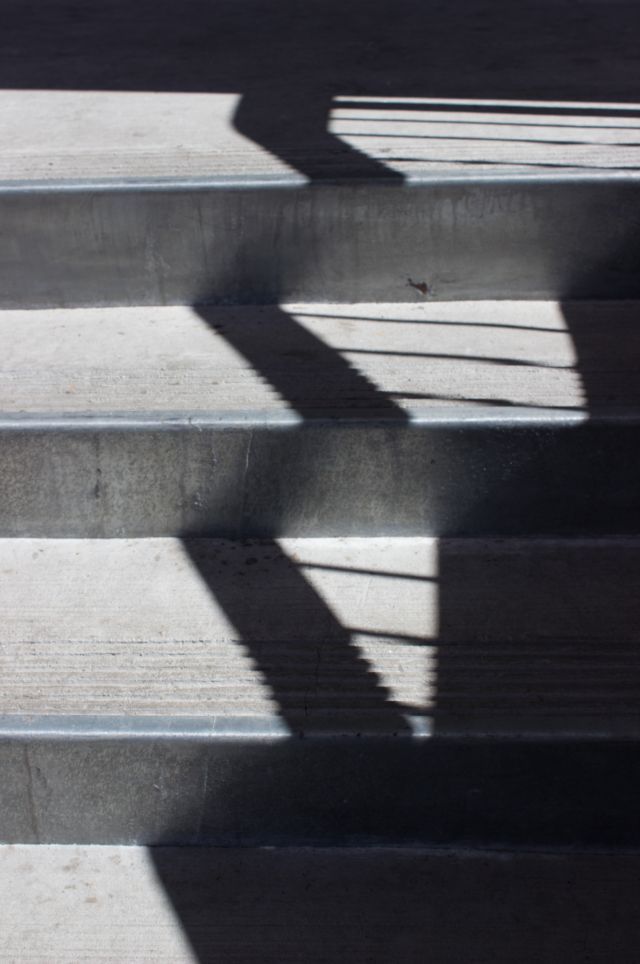 |
 |
 |
 |
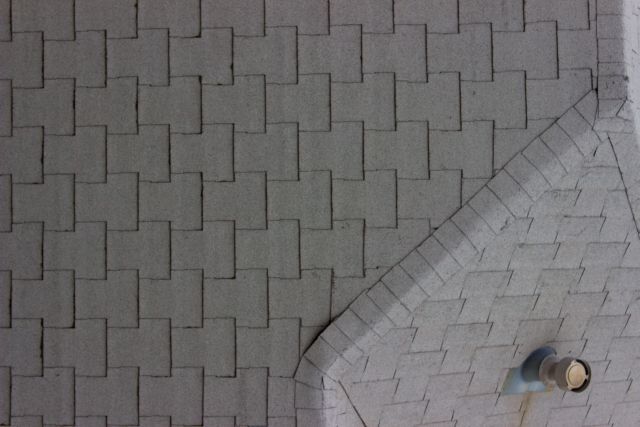 |
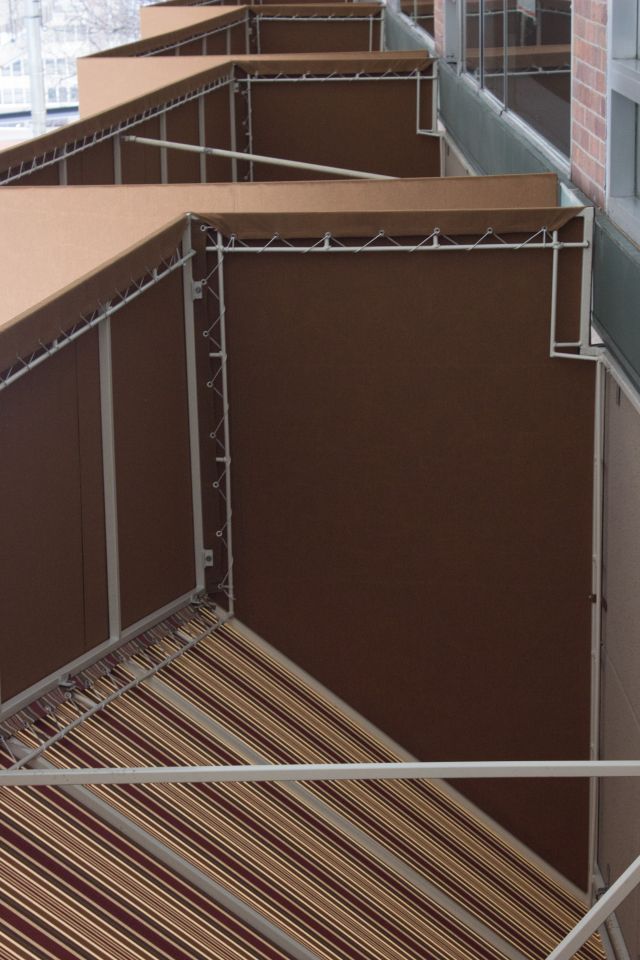 |
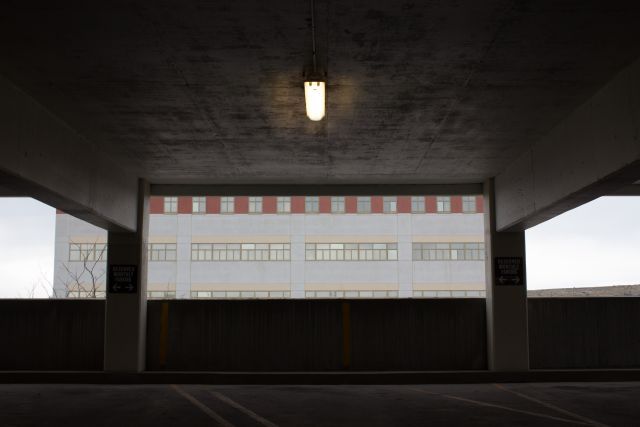 |
Of course, not all the output for my classes is photographic. I have also done sculpture, ceramics, drawing, painting, new media, and printmaking. Some of that work can be found on my Visual Arts page.
Click on an image to enlarge it.
Updated January 2021.